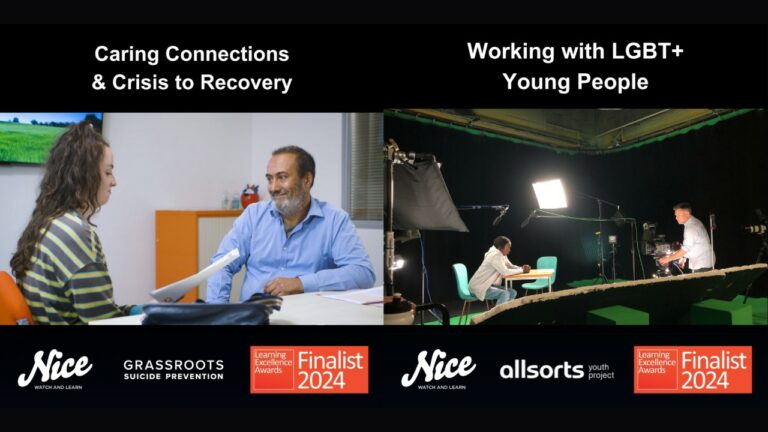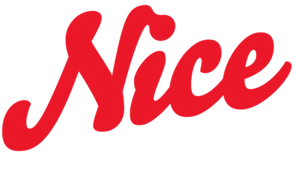An Historical Perspective
The representation of human archetypes is bound up with film history. Eisenstein consciously developed it to quickly communicate with audiences. The beefy Bolshevik Sailor, the Noble Mother protecting her child. Watch any modern movie and every character is still an archetype, albeit a customized one. The Nerd, the Good Wife, the Action Hero, the Warrior Princess, the Eccentric Scientist. Hollywood hasn’t arrived at this by accident – it works because we do judge people by appearances.
This would seem to make video an unsuitable medium for a diversity and inclusion message – but think again.
Alfred Hitchcock said he made movies of people thinking while lesser filmmakers made films of people talking. Video is a powerful medium for what’s inside a character’s head as well as what’s in front of their eyes. Drama is not about what’s said, but about what’s NOT said. Drama is in the subtext of a scene. This is at the very core of diversity issues, making video a perfect medium for diversity and inclusion.
Questions of Diversity
When most people set about making a video tackling diversity and inclusion issues their first impulse is to get a cast that looks diverse. But in the spirit of diversity let’s question that assumption. What should certainly be avoided are ideas that have the dressing of diversity without the hardcore thinking behind them – such as trying to cover off a diversity tick list with a large cast.
When developing content that embraces diversity we should continually challenge our own perceptions and expectations.
What if all our cast were white? The video might be challenging in a way the audience doesn’t expect.
What could that be? Might the characters have diversity issues that are not plain to see – mental health problems perhaps? Diverse personalities – introvert and extrovert. Not forgetting issues of sexuality and gender.
What if we wrote our script with racial and gender characteristics in mind for our characters and then swapped these around at the end?
Or how about choosing your cast first and developing your script to their strengths as actors? A meritocratic solution.
We’ve noticed that clients tend to choose the most attractive actors from a shortlist of photos. Not surprising considering research shows we automatically assign such favourable traits as talent, kindness, honesty and intelligence to good-looking individuals. Should we champion the ugly?
If a black character’s storyline is all about a racial issue have we typecast this actor? There’s unlikely to be time for them to deal with another issue in your script. The same goes for a female character dealing with sexism.
I’m wary of getting actors to “do” certain accents for diversity’s sake. Was Dick Van Dyke’s Mary Poppins appearance offensive to cockneys? I daresay.
Of course there’s always colourblind casting – which is another way to engage with diversity in video production.
Casting
At some point we have to get a cast together. This presents some pragmatic problems:
For a given minority there is only a small pool of actors to choose from – for example Chinese men over 45. There are so few candidates that there will be only a few good ones, and the few who are good can charge a premium or may not be available. Solutions – let your cast descriptions be flexible or allow more in your budget.
If you do need to change your character specifications try not to leave it too late and hurry the casting process. This has its own risks.
Character description deserves a blog of its own. For now – focusing on the diversity issues of the subject – as well as a description of the personality and job role the character description will include elements relating to ethnicity. But of course ethnicity consists of cultural, biological and geographical elements. And these tend to get muddled in the briefs we receive.
Spotlight, Britain’s oldest and largest database of acting talent, has addressed this problem and their solution is to describe actors with a mixture of:
Appearance – from African-American to Japanese to White
Features – height, playing age, hair colour, etc
Accents and Dialects (with indication which are native)
Languages (with indication which are native)
Please see our downloadable casting form Here.
Of course precision in the description is not always necessary, but being precise about what you want is. One example might be a high level brief to create a cast that shows the international nature of a global firm with offices in London, Mumbai and New York. With some more information about the firm’s culture and how they recruit, this is enough to come up with a cast list.
Summary
- Video drama is an excellent vehicle for diversity issues because it deals with the unspoken
- Just because a video looks diverse doesn’t make it diverse
- Question your own assumptions when developing diversity content
- Be precise when creating your cast descriptions







